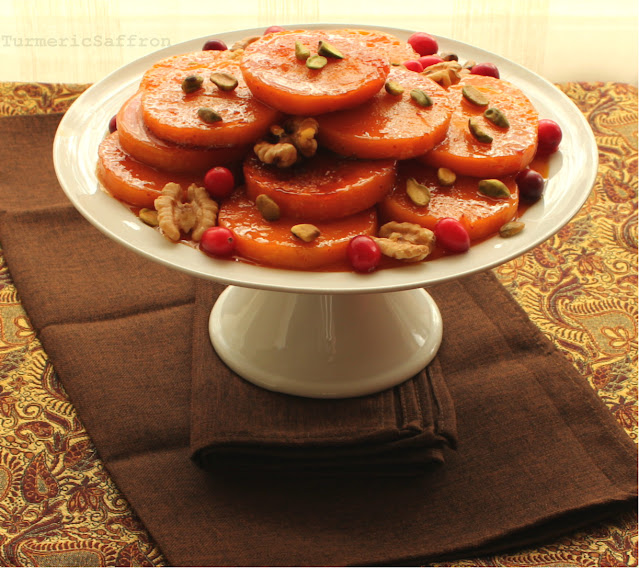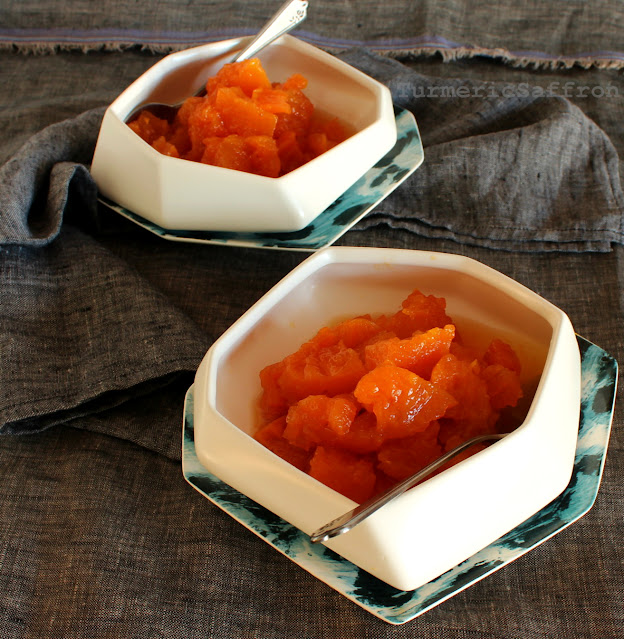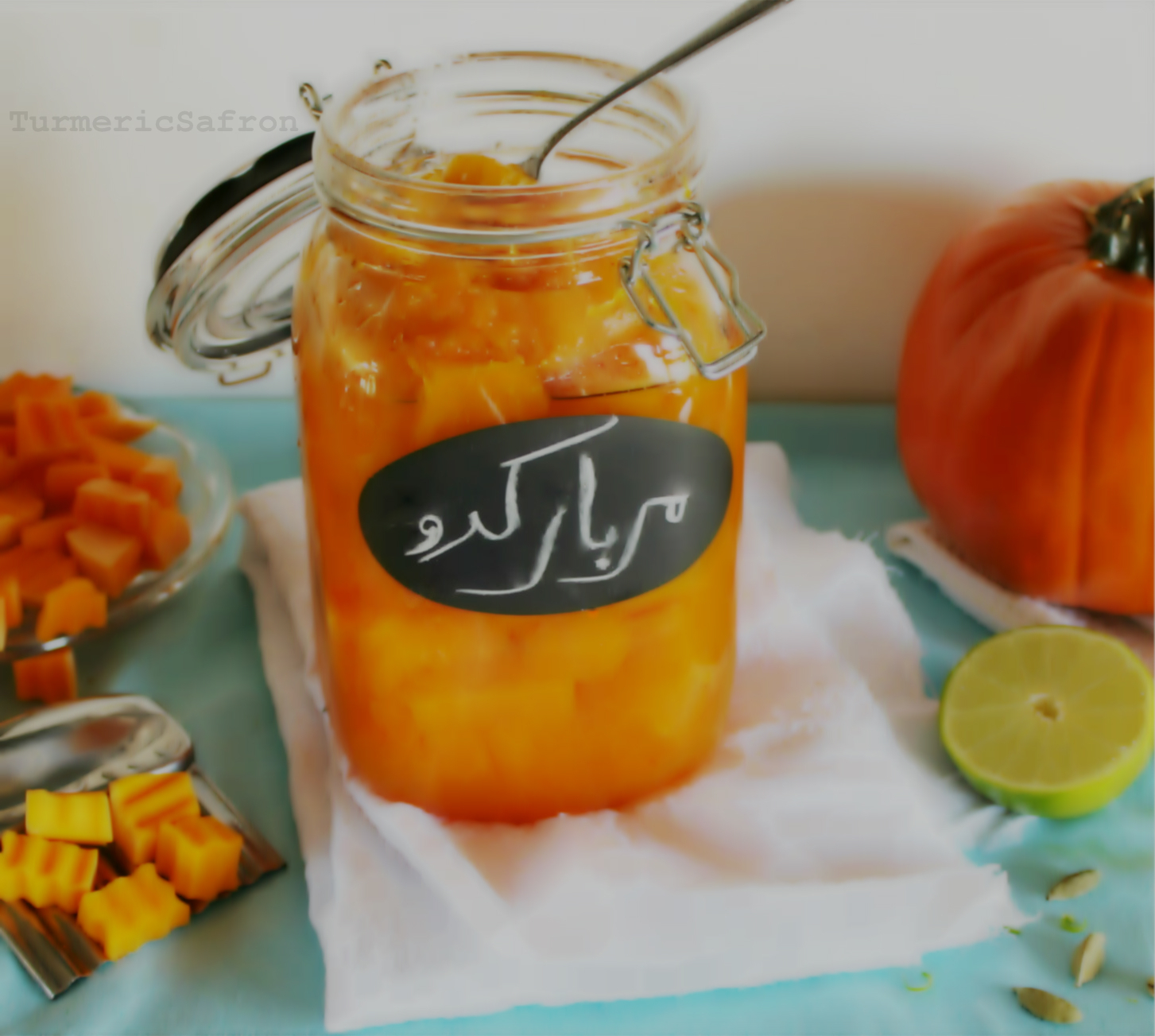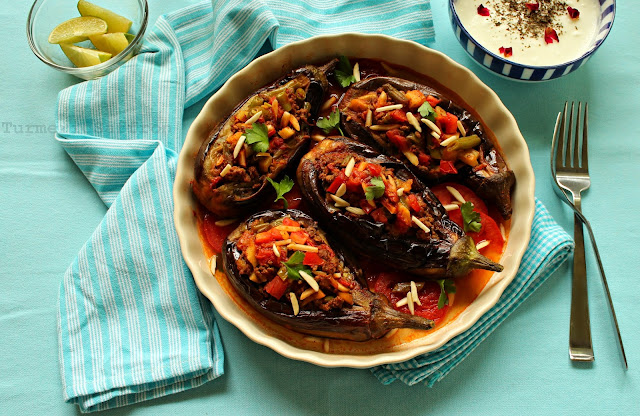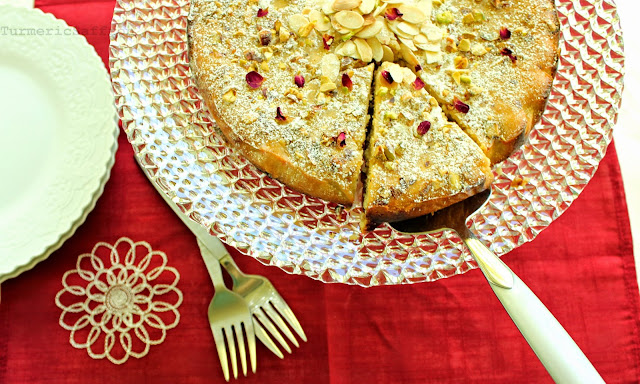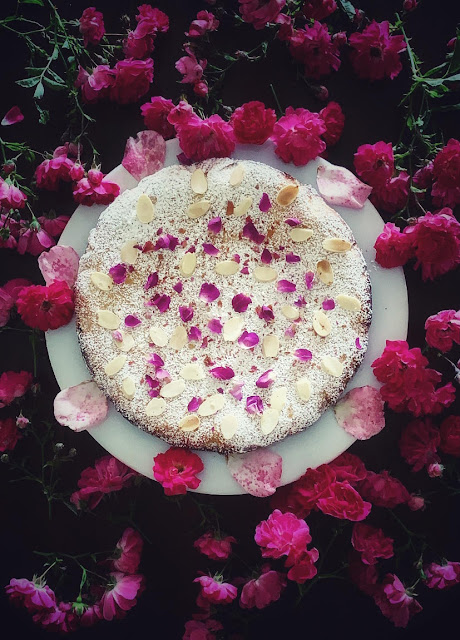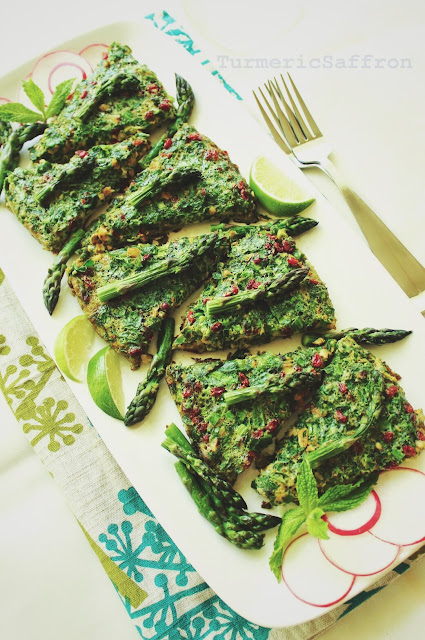دلمه برگ کلم - Dolmeh barg-e kalam (stuffed cabbage leaves) is a variation of the well-known and popular stuffed vegetable genre known as
dolma/dolmeh in Iran as well as among neighboring countries and different regions. This recipe was a staple in our home growing up and one of my mother's personal favorites. I had heard my mother's tale many times of how one Nowruz (Persian New year) when she was young, she single-handedly stuffed about 100 cabbage leaves with aromatic herbs, rice, meat, and some raisins. And how this dish became her most exquisite and memorable dolmeh-ye kalam for all those family members, distant relatives, and friends who were visiting during the Nowruz holiday.

To achieve the best results in preparing Persian meals, besides having the basic culinary skills, you'll need to have a sense of appreciation for the creativity, wisdom, care, and labor that goes into most Iranian dishes. Along with cooking skills and enthusiasm, you will need a little patience as well. Persian food takes time to make but don't let that discourage you. In cooking, every ingredient counts and every step is important. For those who are pressed for time or are not that into cooking, many classic Persian meals are perfect for any time of the day such as
kookoo sibzamini,
kookoo sabzi,
borani esfenaj,
kotlet, noon o panir o gerdoo (bread, cheese, and walnuts) or noon o mast (bread and yogurt).
While the tasty dolmeh-ye barg kalam is simmering away in a rich tomato-based sauce on the stove, I think about those before us who prepared meals for their families many centuries ago, cooking food over wood-fires when water could only be reached through قنات -
qanat, چاه آب - water wells or چشمه springs. Somehow, they managed to preserve and verbally pass on their way of cooking to the next generation to carry on the task of feeding the family. I feel strongly about maintaining the authenticity of our recipes as much as we can and do not let them be forgotten, overlooked, or given up by our hectic and hurried lifestyles. I leave you with this poem by
Saadi Shirazi:
ابر و باد و مه و خورشید و فلک در کارند تا تو نانی به کف آری و به غفلت نخوری
سعدی شیرازی ~
Clouds, wind, fog, the sun, and the universe are all at work so that you would earn a loaf of bread and not consume it in oblivion.
This dolmeh recipe usually has a sweet-sour flavor. However, depending on your preferences you can adjust the amount of sugar or lemon juice/vinegar to your liking. I don't add any sugar to my dolmeh since I like them more on the sour side. If you like adding raisins to the filling then that adds enough natural sweetness to the dolmeh which is a much healthier choice than sugar. You can add equal parts barberries and raisins to bring about the natural and delicately sweet-sour flavor in this dish. I also need to point out that my mother's original recipe did not include any tomato sauce - that's just my own addition, an ode to tomatoes.
Dolmeh Barg-e Kalam - Stuffed Cabbage Leaves
Ingredients:
Serves 6
1 large cabbage, washed, center core removed
For filling:
2/3 pound lean ground beef
1/2 cup long-grain rice, rinsed
1/2 cup yellow split peas, rinsed
1 1/2 cups of chopped fresh herbs (a combination of flat-leaf parsley, cilantro, chives, dill, basil, tarragon, mint) washed, hard stems removed
1/4 - 1/2 cup raisins *optional
1/4 - 1/2 cup barberries *optional
1 large yellow onion, chopped
2 large garlic cloves, minced
1/2 teaspoon turmeric
A pinch of cumin
2 tablespoons liquid saffron
Salt and pepper
For the Sauce:
2 tablespoons tomato paste
1 medium onion, thinly sliced
Juice of a large lemon/lime or a tablespoon of vinegar
1 tablespoon powdered sugar *optional
Salt and pepper to taste
Vegetable oil/olive oil
Water
Method:
- In a large pot, bring 6-8 cups of water to a boil over high heat, add a tablespoon of salt, gently add the head of cabbage into the boiling water, cook for 10 minutes. Drain. Peel each cabbage leaf, cut out the hard rib in each leaf. Set aside.
- In a large skillet, heat a couple of tablespoons of olive oil over medium-high heat, add the chopped onion, saute until light golden brown, add the minced garlic and the turmeric powder. Stir and saute for a few more minutes.
- Add the ground beef, salt, and pepper to taste and brown until well done. Set aside.
- In a medium-size pot combine the rice and the yellow split peas, add enough water to cover the rice by an inch over the rice line. Add a teaspoon of salt, a tablespoon of oil, bring to a boil over medium-high heat, reduce the heat, cover with the top a little ajar to let the steam out, cook until the water is fully absorbed. Set aside.
- In a large mixing bowl, combine the meat mixture, rice, and peas, chopped herbs, cumin, and saffron. Mix well.
- In a large pan, saute the sliced onion in 3 tablespoons of olive oil until translucent, add a tablespoon of tomato paste, saute for a couple of minutes until it's no longer raw, add salt and pepper to taste. Add 3 cups of water and bring to a gentle simmer, cook until sauce is thickened.
- In the meantime, place a small scoop of the mixture into the center of each cabbage leaf, fold in the bottom, sides, and the top of the leaf to complete the wrap.
- Arrange the stuffed cabbage with the seam down, next to one another in a large pot. Pour the tomato sauce over the dolmeh, cover, and cook on medium-low heat for an hour. In the last 10-15 minutes of cooking sprinkle with 2 tablespoons of lemon juice or vinegar and just a sprinkle of sugar. Taste and adjust the seasoning.
To serve place the dolmeh on a platter and serve warm with
mast-o-khiar and
sabzi khordan.
At the beach with family!
Enjoy!







